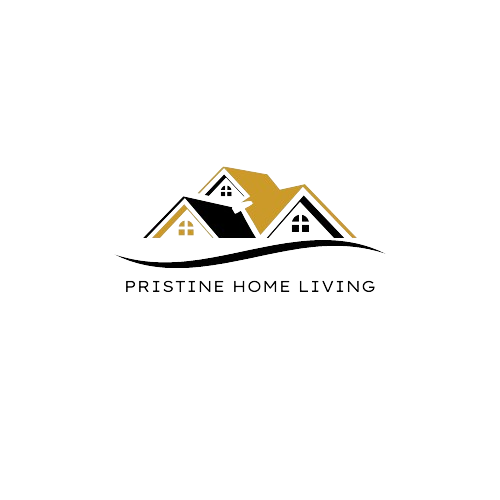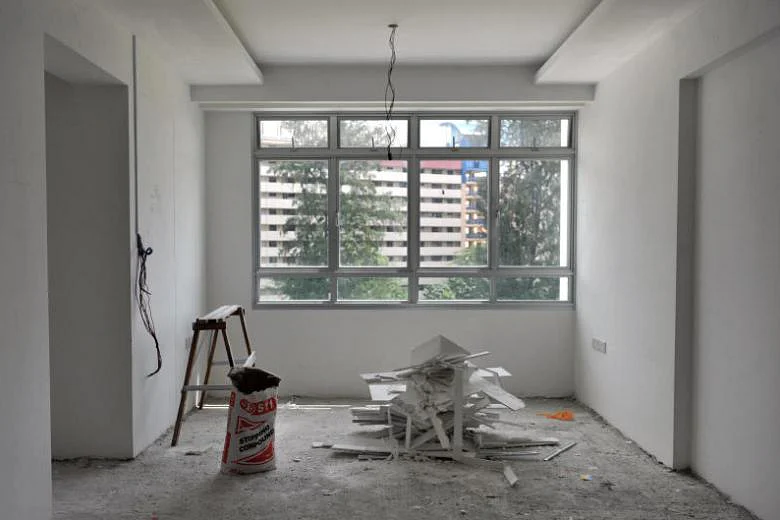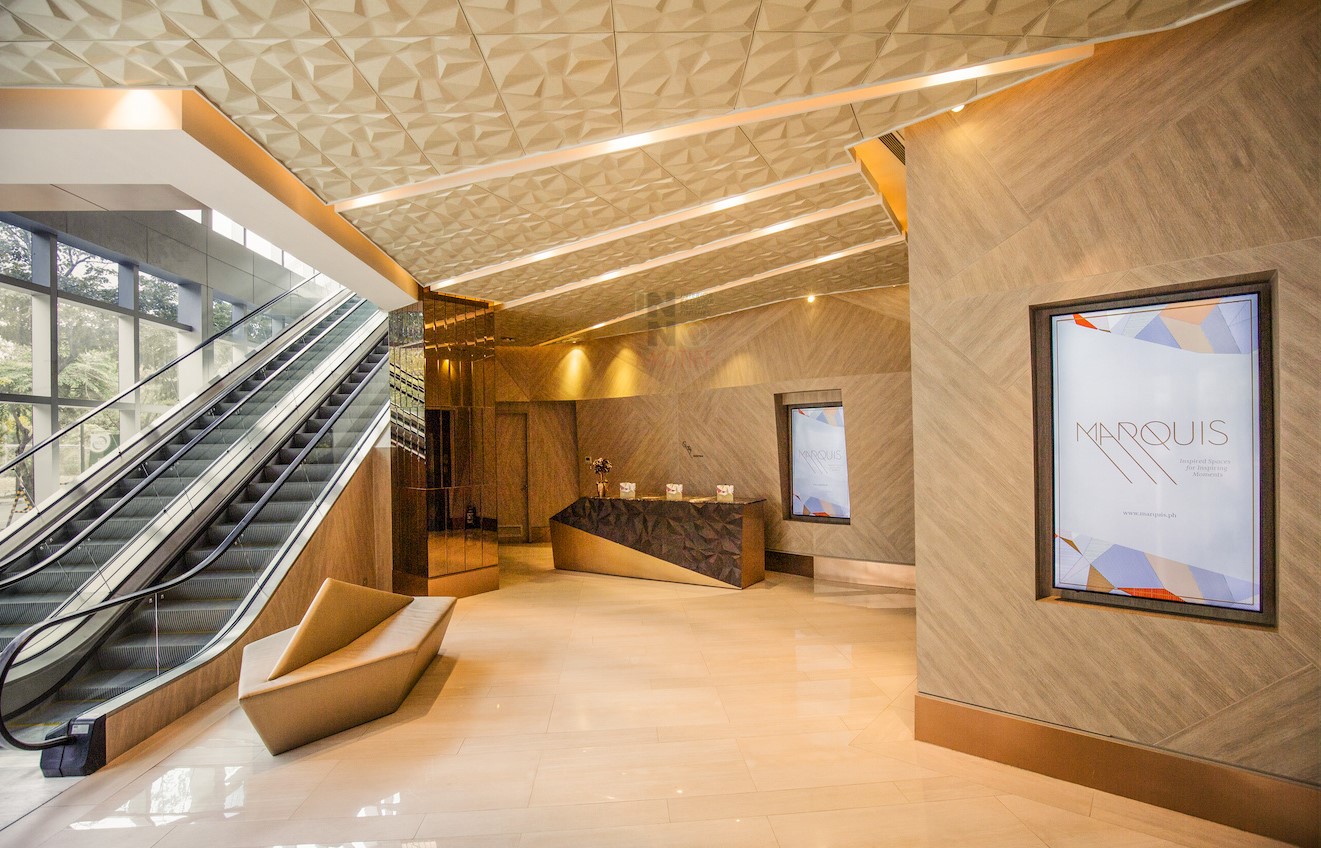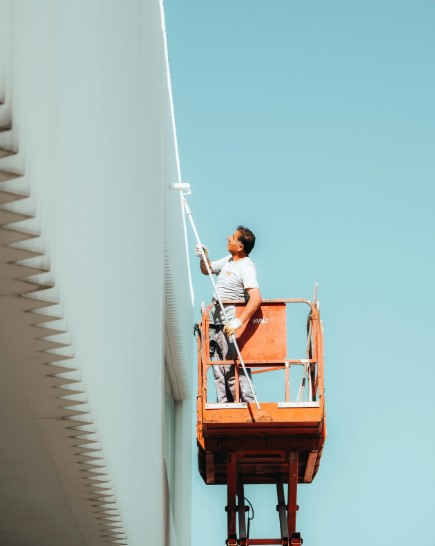Understanding Acoustic Wall Panels
Acoustic wall panels are specialized materials designed to manage sound within a room by absorbing echoes and reducing noise levels. These panels enhance speech clarity, improve audio quality, and create a more comfortable environment for work or leisure. They are typically constructed with sound-absorbing cores such as mineral wool or foam, then finished with fabric, wood, or perforated metal to match a wide range of interior styles. Homeowners often use them to transform spare rooms into home theaters or music studios, while businesses install them in offices, restaurants, and entertainment venues to maintain privacy and minimize distractions. Beyond aesthetics, acoustic panels can contribute to a healthier sound environment, reducing stress and boosting productivity. In the Philippines, where urban spaces can be bustling and noisy, their role becomes even more valuable. Selecting the right supplier ensures that these panels deliver both functional sound control and visual appeal tailored to local building requirements.
Why Choosing the Right Supplier Matters
The performance of an acoustic treatment largely depends on the quality of the supplier. A dependable acoustic wall panel supplier in the Philippines provides products that meet international acoustic and fire-safety standards, ensuring long-term durability and consistent sound control. Without a reputable source, property owners risk purchasing panels that underperform or degrade quickly, resulting in higher costs over time. Reliable suppliers offer technical guidance, helping architects and interior designers match the correct Noise Reduction Coefficient (NRC) to the intended space. They also back their products with warranties and responsive customer service, giving clients confidence in every purchase. Skilled suppliers understand Philippine building codes and can provide documentation to meet government or industry requirements. This level of support is critical when projects involve schools, hospitals, or large commercial venues where sound control is essential. Choosing wisely means more than buying materials; it means partnering with experts who can enhance every stage of a project.
Essential Qualities to Look for in a Philippine Acoustic Wall Panel Supplier
A trustworthy supplier demonstrates a strong commitment to product variety, customization, and reliable service. Look for a company that offers a wide range of acoustic solutions—fabric-wrapped panels, wooden slats, perforated gypsum boards, and even eco-friendly options—so you can find the perfect match for your design vision. Custom sizing and finishing allow architects and contractors to achieve a seamless fit and a consistent aesthetic, whether for a sleek modern office or a rustic music room. Proven experience is another key factor: suppliers with a history of successful installations across offices, restaurants, and performance venues are more likely to understand complex requirements. Logistics also matter, especially in an archipelagic nation like the Philippines; nationwide delivery and efficient inventory management prevent costly project delays. Customer testimonials, certifications, and on-site support further separate top suppliers from the rest. By prioritizing these qualities, buyers can ensure that every panel installed meets both acoustic and aesthetic goals.
Evaluating Product Performance and Specifications
Technical performance should never be overlooked when sourcing acoustic wall panels. The Noise Reduction Coefficient is one of the most important indicators, as it measures how effectively a panel absorbs sound across various frequencies. A higher NRC typically means better sound absorption, making it ideal for music rooms, conference halls, or restaurants where echo control is essential. Fire resistance and moisture protection are also critical, especially in humid Philippine climates where panels may be exposed to changing conditions. Suppliers should provide documented acoustic test results, allowing architects and builders to make data-driven decisions. Many professionals request sample panels to compare finishes and test acoustic properties before committing to large orders. Eco-friendly materials—such as panels made from recycled fabrics or low-VOC adhesives—are gaining popularity for projects seeking LEED or BERDE certification. By carefully reviewing these specifications, buyers can select panels that perform reliably and align with sustainable building practices.
Cost Considerations Without Sacrificing Quality
Price is always an important factor, but focusing solely on the lowest cost can lead to compromises in performance and longevity. A reputable acoustic wall panel supplier in the Philippines will provide transparent pricing and detailed quotes, including materials, customization, and potential installation fees. Bulk orders for large office spaces or multi-branch projects can often reduce per-unit costs, especially when establishing long-term partnerships with the supplier. Comparing different suppliers is wise, but always evaluate what is included in the price—some may offer free on-site acoustic assessments or extended warranties that add significant value. Consider the total cost of ownership, including maintenance and the potential need for replacements if lower-quality panels wear out prematurely. High-performance panels may carry a higher upfront investment, but they deliver better sound control and durability, saving money over time. By balancing budget with performance, businesses and homeowners can secure superior results without financial strain.
Top Applications of Acoustic Wall Panels in the Philippines
The versatility of acoustic wall panels makes them suitable for a variety of environments. Offices and co-working spaces benefit from reduced noise and improved privacy, creating a productive atmosphere for meetings and client calls. Restaurants and cafés use panels to soften background noise, ensuring that conversations remain pleasant even during peak hours. Residential projects like home theaters, music studios, or open-plan living areas gain enhanced audio quality and comfort through well-placed acoustic treatments. Educational institutions, including classrooms and auditoriums, rely on these panels to maintain speech clarity during lectures and performances. Religious facilities, such as churches and prayer halls, also find value in controlling echoes that can distract from worship services. Entertainment venues, cinemas, and hotels throughout the Philippines increasingly integrate acoustic wall panels as part of their interior design to elevate both function and style. This wide range of applications highlights why dependable suppliers are essential for meeting diverse project demands.
Installation and Maintenance Best Practices
Proper installation is critical for achieving the expected sound absorption levels. Professional installers understand how to position panels at key reflection points and secure them to walls without compromising their acoustic properties. Some projects may allow for do-it-yourself installation, but complex layouts or large venues typically benefit from expert handling. After installation, routine maintenance ensures the panels maintain their performance. Dusting or gentle vacuuming keeps fabric surfaces clean, while periodic inspections check for any loosening or damage. High-traffic areas might require more frequent cleaning, but high-quality panels are designed for long-term durability. Moisture-resistant finishes are especially helpful in the Philippine climate, where humidity can affect lesser materials. By following recommended care schedules and promptly addressing minor issues, property owners can preserve both the acoustic and aesthetic qualities of their investment for many years.
Environmental and Sustainability Considerations
Sustainability has become a significant factor in modern construction and interior design. Many top suppliers now offer panels made from recycled fabrics, low-VOC adhesives, or renewable resources like bamboo. Choosing these eco-friendly materials helps reduce environmental impact and supports green building certifications such as LEED or the Philippine BERDE program. Energy efficiency can also improve when acoustic panels double as thermal insulators, reducing air-conditioning costs in offices and residential spaces. Reputable suppliers will provide detailed documentation about the origin of materials and any sustainability certifications. Architects and designers increasingly specify these panels not only for their acoustic properties but also for their contribution to healthier, more responsible building practices. By working with a supplier who values environmental stewardship, clients can achieve a balance between cutting-edge acoustic performance and long-term ecological benefits.
How to Partner with the Right Supplier
Establishing a productive partnership begins with careful evaluation and clear communication. Start by requesting detailed proposals and comparing them based on product range, technical data, and support services. Ask for references from past clients and visit completed projects when possible to see the panels in action. Reliable suppliers will offer on-site assessments, helping identify the best acoustic solutions for each unique space. Technical consultations are invaluable, as they allow clients to clarify installation requirements, discuss customization, and address potential challenges early. Clear agreements on timelines, warranties, and after-sales service protect both parties and ensure a smooth process from order to installation. By treating the relationship as a long-term collaboration, architects, contractors, and property owners can secure high-quality acoustic solutions that meet both current and future needs.
Frequently Asked Questions (FAQ)
How long does it take to deliver and install acoustic wall panels?
Delivery times vary by supplier and order size, but most Philippine suppliers can deliver standard panels within two to three weeks, with installation adding several days depending on the project scope.
Are acoustic wall panels customizable to match interior designs?
Yes, many suppliers offer a wide range of fabrics, colors, and finishes, allowing panels to blend seamlessly with any design style, from modern minimalist to traditional wood tones.
What maintenance is required to retain sound absorption levels?
Regular dusting or light vacuuming is typically enough. For fabric panels, avoid harsh chemicals and follow the cleaning guidelines provided by the supplier.
Do panels need to be replaced after a certain number of years?
High-quality panels can last a decade or more when properly maintained, though extreme humidity or physical damage may shorten their lifespan.
Can acoustic wall panels improve both soundproofing and aesthetics?
Absolutely. Modern panels are engineered for excellent sound absorption while offering stylish finishes that enhance the overall interior look of any space.











